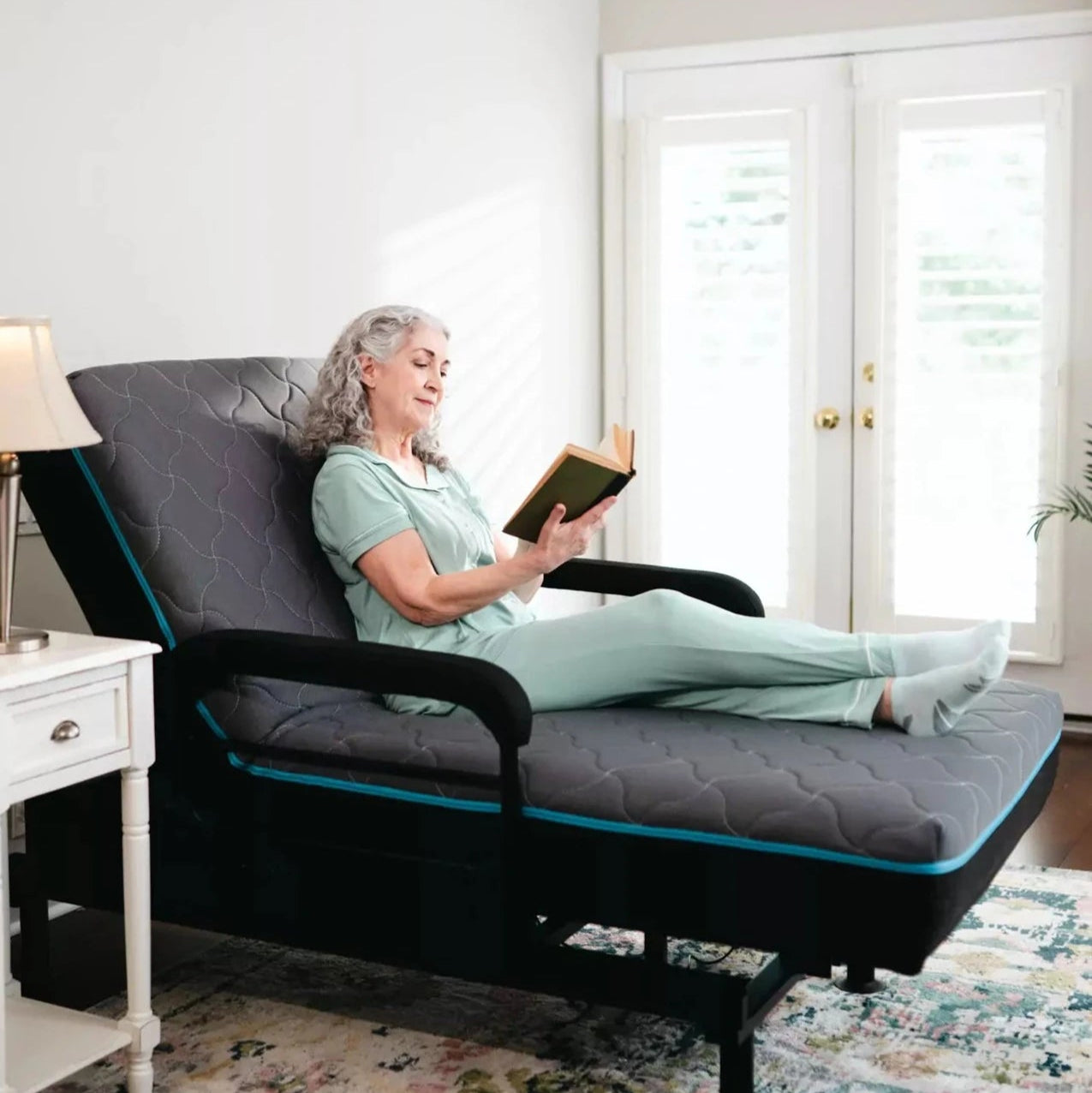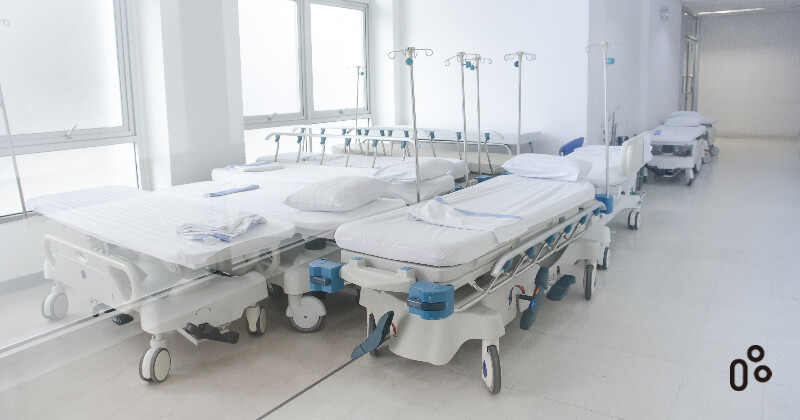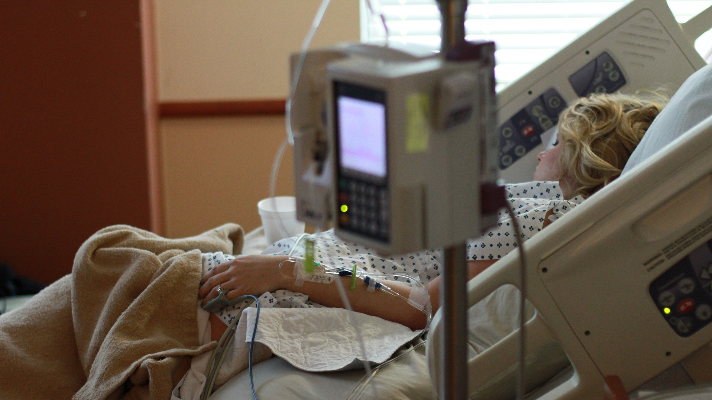See This Report about Hospital Beds For Home Use
See This Report about Hospital Beds For Home Use
Blog Article
Some Known Incorrect Statements About Hospital Beds For Home Use
Table of ContentsHospital Beds For Home Use Things To Know Before You Get ThisSome Of Hospital Beds For Home UseSome Known Details About Hospital Beds For Home Use The Buzz on Hospital Beds For Home UseThe Facts About Hospital Beds For Home Use UncoveredThe Best Guide To Hospital Beds For Home UseThe smart Trick of Hospital Beds For Home Use That Nobody is Discussing
There are three main kinds of health center beds: handbook, semi-electric, and fully-electric. These beds make use of hand cranks to readjust the bed's elevation and increase and decrease the head and the foot.
Semi-electric beds have an electrical motor to increase and lower the head and foot portions of the bed (hospital beds for home use). Full-electric beds have an electric motor that can raise the head and foot sections of the bed as well as the whole elevation and positioning of the bed.
The Best Guide To Hospital Beds For Home Use
There are several types of health center beds, each made to satisfy specific individual demands. Here are some typical types: This is the most usual kind of hospital bed, created for basic medical use.
Reduced to the ground than a typical bed. This kind of bed is designed for larger clients, with a larger structure and greater weight ability than a standard bed. This kind of bed is designed especially for youngsters, with smaller sizes than a common bed. Special functions such as full length side rails and cartoon design.
This kind of bed is created for critically unwell people that require open monitoring and specialized clinical tools such as ventilators and mixture pumps. This kind of bed is created for use during labor and shipment, with flexible positions and features to support the mommy and baby during the birth procedure.
All about Hospital Beds For Home Use
Multiple feature and the devices execute expanding traction to different parts of the vertebra and the extremities without relocating the body. These are just a couple of examples of the types of healthcare facility beds readily available. The certain sort of bed made use of will depend upon the person's condition, clinical demands, and other variables.
Right here is the point you require to recognize. A one-function medical facility bed is a medical bed that enables an individual to relocate just the head or foot section up or down. A 2 function medical facility bed normally refers to a kind of clinical bed that has 2 flexible features to aid clients in medical facilities or treatment centers.

Some Known Factual Statements About Hospital Beds For Home Use
A 7-function ICU bed is a kind of clinical bed that Read More Here gives several adjustable features to sustain critically sick patients in a critical care unit (ICU) (hospital beds for home use). The seven features typically include: Back-rest change: The backrest can be changed to various angles to assist the person sit up or rest easily
Elevation adjustment: The bed can be increased or decreased to make it much easier for individuals to enter and out of bed, and for caregivers to provide treatment. Trendelenburg placement: The entire bed can be slanted to promote blood circulation and flow in the body. Reverse Trendelenburg placement: The bed can likewise be slanted in the opposite direction to promote blood circulation and blood circulation in the top body.
1. What Size is a Healthcare Facility Bed? 2. Just how Much Does a Medical Facility Bed Expense? 3. Why Do Healthcare Facility Beds Have Side Rails? 4. What Are The Key Health Center Bed Components?. While more economical than electrical designs, these beds require exertion for adjustments. The major benefits of manual beds are their cost and integrity, as they don't depend on electricity. The demand for manual initiative can be a constraint in circumstances where fast adjustments are essential or where caregivers encounter physical obstacles.
The 20-Second Trick For Hospital Beds For Home Use
Semi-electric health center beds supply an equilibrium of handbook and electrical controls. These beds supply a suitable center ground between guidebook and completely electric alternatives, using ease of use without the full price of electric designs.
Semi-electric beds are fit for people that need modest adjustments to the head and foot areas but can manage without constant elevation adjustments. This makes them an economical solution for those looking for convenience and ease without the requirement for consistent repositioning. Fully electric hospital beds include electrical controls for smooth changes to the elevation, head, and foot sections.
Specialty medical facility beds, such as ICU beds, lasting care beds, and bariatric beds, are thoroughly designed to attend to certain clinical demands. These beds site offer tailored take care of diverse client groups, enhancing both outcomes and convenience. In the complying with sections, we will check out the main kinds of specialized health center beds, detailing their specific advantages and applications.
With years of experience in manufacturing electric straight actuators - hospital beds for home use and close cooperation with the medical care industry, TiMOTION is well-positioned to give reputable health care remedies. Our up and down integrated business manages every action of the production procedure, from layout to actuator assembly, guaranteeing we deliver exceptional worth and customized options customized to your certain needs
Excitement About Hospital Beds For Home Use

To read more regarding incorporating these modern technologies into your items, call us today. More analysis:.
Information is sourced from the Medicare Cost Record.

5 Easy Facts About Hospital Beds For Home Use Shown
A health center bed is a bed designed particularly for medical objectives. It is not just a place for patients to relax, but likewise a system for clinical operations. Unlike common home beds, medical facility beds normally have adjustable functions, which can facilitate medical team to make various adjustments according to the requirements of people, such as changing the height, inclination, and support angle of the back and legs of the bed.
Report this page